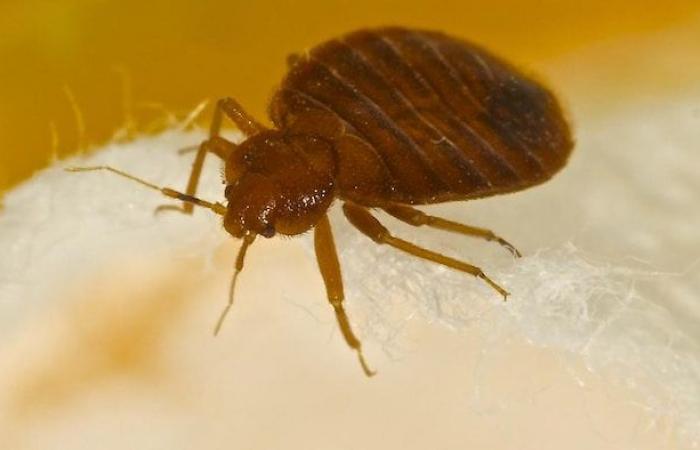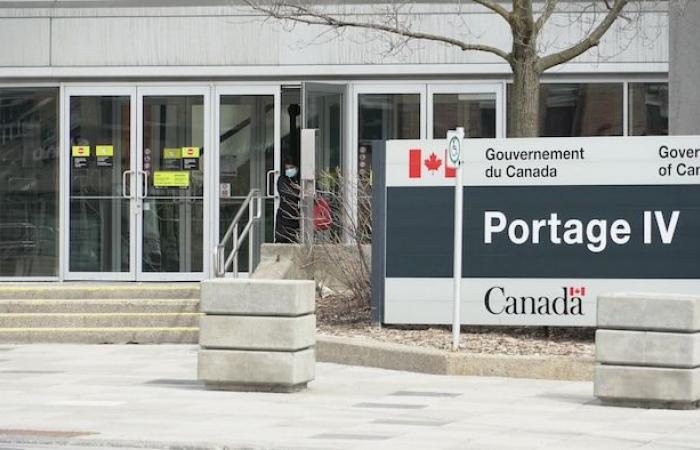Bedbugs appear to be making a comeback in federal buildings even though Ottawa spent more than half a million dollars between 2017 and 2019 to get rid of these harmful insects in its buildings.
According to Public Services and Procurement Canada (PSPC), the presence of bedbugs in offices at Place du Portage IV, in Gatineau, was reported last month.
Following reports made last week concerning the possible presence of bedbugs on the 2nd and 6th floors of the Place du Portage IV building, ASPCin collaboration with Employment and Social Development Canada (ESDC), has taken measures to remedy the situation
écrit SPAC in a statement.
Among the measures taken by the organization were the installation of traps which confirmed the presence of the insects as well as treatments in the affected areas.
Over the next two weeks, follow-up inspections will take place to ensure no further bed bug activity is detected
confides SPAC, who qualifies the situation isolated incidents
not representing an infestation
.
Open in full screen mode
“When you start to see them with the naked eye, it’s because the infestation is quite significant,” said a specialist. (Archive photo)
Photo : getty images/istockphoto / John-Reynolds
The union calls for concrete actions
Contacted by -, the Canadian Employment and Immigration Union (CEIC) indicated in writing that it was aware of the problem.
Our members deserve to feel safe at work. We are working with the employer to ensure they take effective action to resolve this issue. Essentially, our work with this employer will consist of continuing to advocate a culture of risk prevention at work.
supports the national president of CHECKRubina Boucher.
The union is demanding concrete action from Ottawa to address the problem.
We are calling for daily inspections, the use of sniffer dogs, a comprehensive strategy targeting the entire building, widespread treatment and flexible teleworking hours until the situation is resolved
says Ms. Boucher.
The Government Services Union, for its part, preferred not to comment on the subject.
Open in full screen mode
The SEIC is calling for concrete actions from Ottawa to deal with the problem. (Archive photo)
Photo : - / Simon Lasalle
A risky situation
For the owner of the company Axon Extermination, Steve Lemieux, this problem is due to the return to normal life since the pandemic.
Bedbugs are an insect that travels. We had a lull this summer because people were no longer traveling during the pandemic. COVID ended, people started traveling again, we saw a resurgence in bed bug infestations. This is how the bedbugs came back
he explains.
Mr. Lemieux believes that the situation could deteriorate if nothing is done.
Bed bugs feed on blood, so if there are no other humans around, they can move from one cubicle to another office. And it is also an insect which will lay three to five eggs per day and will feed every three to seven days, so it is an insect which will be reproduced very quickly. […] We rarely see them, when we start to see them with the naked eye, it is because the infestation is quite significant
he adds.
The entrepreneur advises the relevant ministries to take preventive measures to prevent certain infestations from becoming more serious. This would involve canine detection to measure the degree of infestations and then leave room for thermal and biopesticide treatment.
Without this prevention plan, Steve Lemieux fears that the problem could constitute a risk for public service workers who could bring the insects back into their surroundings.







